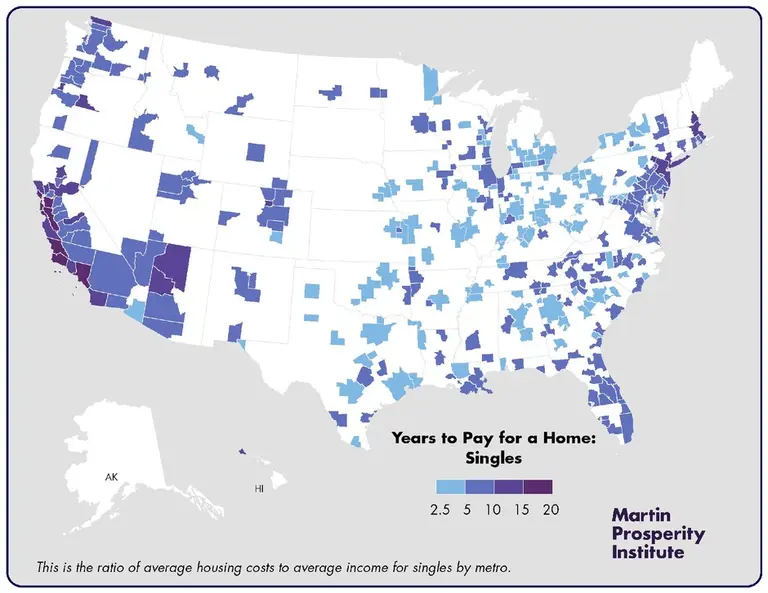Trolley Map from the 1930s Shows How Easy It Was to Get Around Brooklyn
find out more and see the complete map here
A hilarious new map on Reddit pokes fun at real estate brokers’ tendency to stretch the truth to when it comes to an apartment’s proximity to desirable Williamsburg. Here, Coney Island is South-SouthSouth Williamsburg, East New York is South EastWilliamsburg, but only a tiny little triangle in Brownsville gets a reprieve from the hipster treatment […]





Map © Thrillist
Happy Earth Day, friends! As climate change weighs heavy on many of our minds, it’s relief to know that there are developers and architects working hard to create a healthier, more sustainable built environment. Eco-friendly residential design has been on the rise in NYC over the last decade, with buildings today boasting everything from solar panels to greywater […]

Map Showing Location of Odor Producing Industries of New York and Brooklyn, circa 1870 (“Charles F. Chandler Papers,” Columbia University Rare Books and Manuscript Library)
 Know of something cool happening in New York? Let us know:
Know of something cool happening in New York? Let us know:

City Hall subway station via John-Paul Palescandolo

Image via CityLab